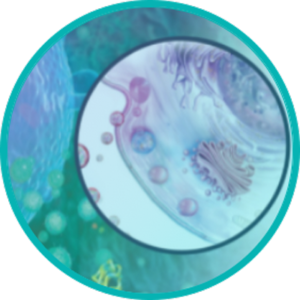EXOSOMES

We are at a new frontier in aesthetic and regenerative medicine that is likely to change the way we treat various medical conditions over the next decade. Our way of thinking about regenerative medicine and the way cells communicate with each other has changed. Exosomes are biological messengers, vesicles, released by cells with the specific purpose of making other cells become super factories for genetic information.
Exosomes are small packets of signaling molecules that measure 40-100nm and contain a significant amount of information. They have a lipid membrane that allows them to adhere to other cells. This usually occurs in response to injuries. They contain regenerative elements including cytosines, growth factors, microRNAs (miRNAs), interleukins, and proteins. Being composed of natural human proteins and lipids, they are inherently non-immunogenic.
A very small cell avatar that transmits intercellular signals
Stem Cells
Cells activation
Researchers at North Carolina State University in the United States conducted a study that showed that Exosomes collected from human skin cells were more effective in repairing sun-damaged skin cells than other popular treatments, including those using retinol or stem cells.
